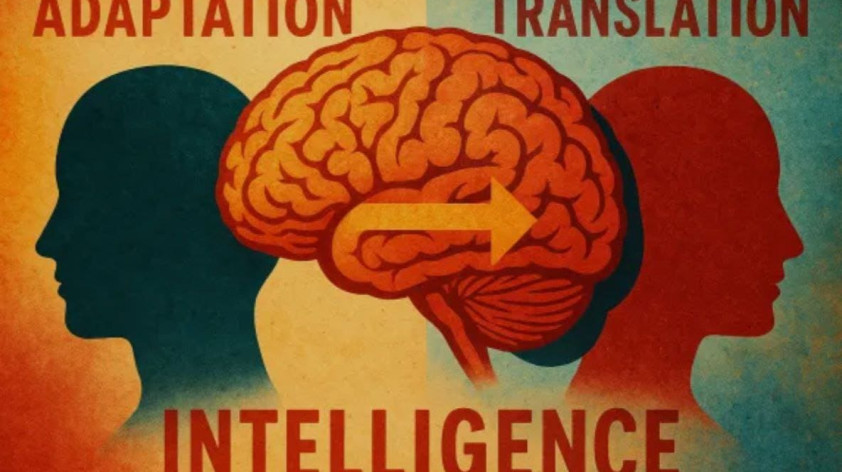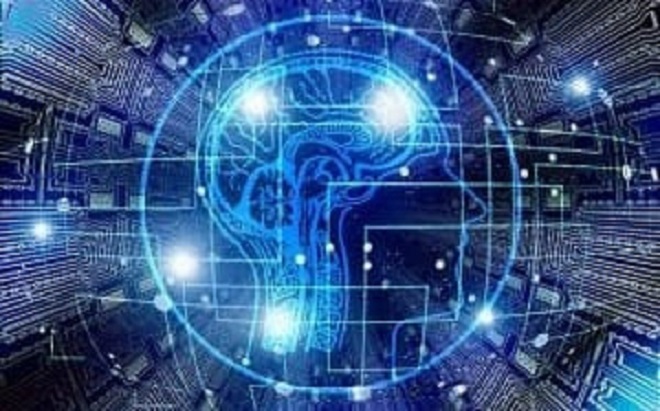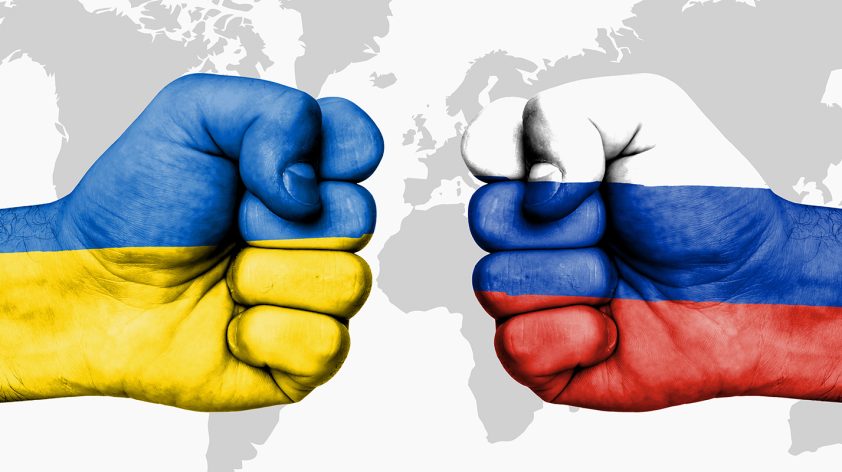This article argues that bilingualism is a fundmental cognitive adaptation where the brain manages multiple, sometimes incompatible, systems. It goes beyond just language switching, acting as a domain-level translation mechanism for flexible, context-dependent selection that improves cognitive adaptability and reflects a unique form of human intelligence. Key insights on translation as adaptation Cognitive flexibility: Bilinguals constantly manage context-dependent selection, choosing the…
Why we struggle to translate words when we don’t experience the concept The article explores why certain terms remain “untranslatable” due to the lack of shared cultural experiences or conceptual frameworks between speakers of different languages. The author argues that translation is not just about swapping words, but about bridging conceptual gaps. If you are fluent in any language other…
AI amplifies, rather than erases, human developmental skills. The article argues that Artificial Intelligence should be viewed as a replacement for human cognition, but as an evolutionary extension of it – much like the development of reading and writing. The literacy comparison Encoding and decoding: Literacy is defined as the ability to both consume and create using symbols. The article…
Two recent studies have unveiled the staggering ability of Artificial Intelligence (AI) to replicate itself and mimic human personalities, setting the stage for what could be a seismic shift in organisational dynamics. Scientists say AI may have crossed a critical ‘red line’. How can humans ensure AI serves us rather than outgrows our control? Think of a craftsman whose…
Linguistic content emerges in the speaker’s brain before word articulation and rapidly re-emerges in the listener’s brain after word articulation. The contextual embeddings better capture word-by-word neural alignment between speaker and listener than syntactic and articulatory models. Summary: Researchers have discovered that brain-to-brain coupling during conversation is significantly influenced by the context in which words are used, not just by linguistic…
Technology has a remarkable ability to revolutionise our way of life. In the past, cars replaced horse-drawn carriages, washing machines and vacuums saved us hours of housework, and mobile phones became much more than mere communication devices. Nowadays, the topic that dominates discussions at work, school, and even in our homes is Artificial Intelligence (AI). This conversation is largely driven…
In an address to the Russian populace on Feb. 21, Russian president Vladimir Putin made several claims about the Ukrainian government’s attempts to suppress ethnic Russians and Russian speakers living in Ukraine. “The Ukrainian Parliament is continuing to discriminate against Russians,” he said, accusing Ukraine and Eastern European NATO members, of anti-Russian sentiment. “The politics of de-Russification continue. The Russian…
A California-based organisation hopes to use machine learning to decipher animal communication on a global scale. However, there are many who have their doubts about the initiative. Raskin is the co-founder and president of the Earth Species Project (ESP), a non-profit organisation with the audacious goal of deciphering non-human communication using machine learning, making all the knowledge available to the…
Lights, sounds or screens with messages: How can self-driving cars interact with humans to make their intentions clear? Autonomous driving promises to bring lots of benefits, ranging from more safety to increased mobility. However, the introduction of self-driving cars also means that we have to come up with means to communicate the intentions of these vehicles when there is no…










